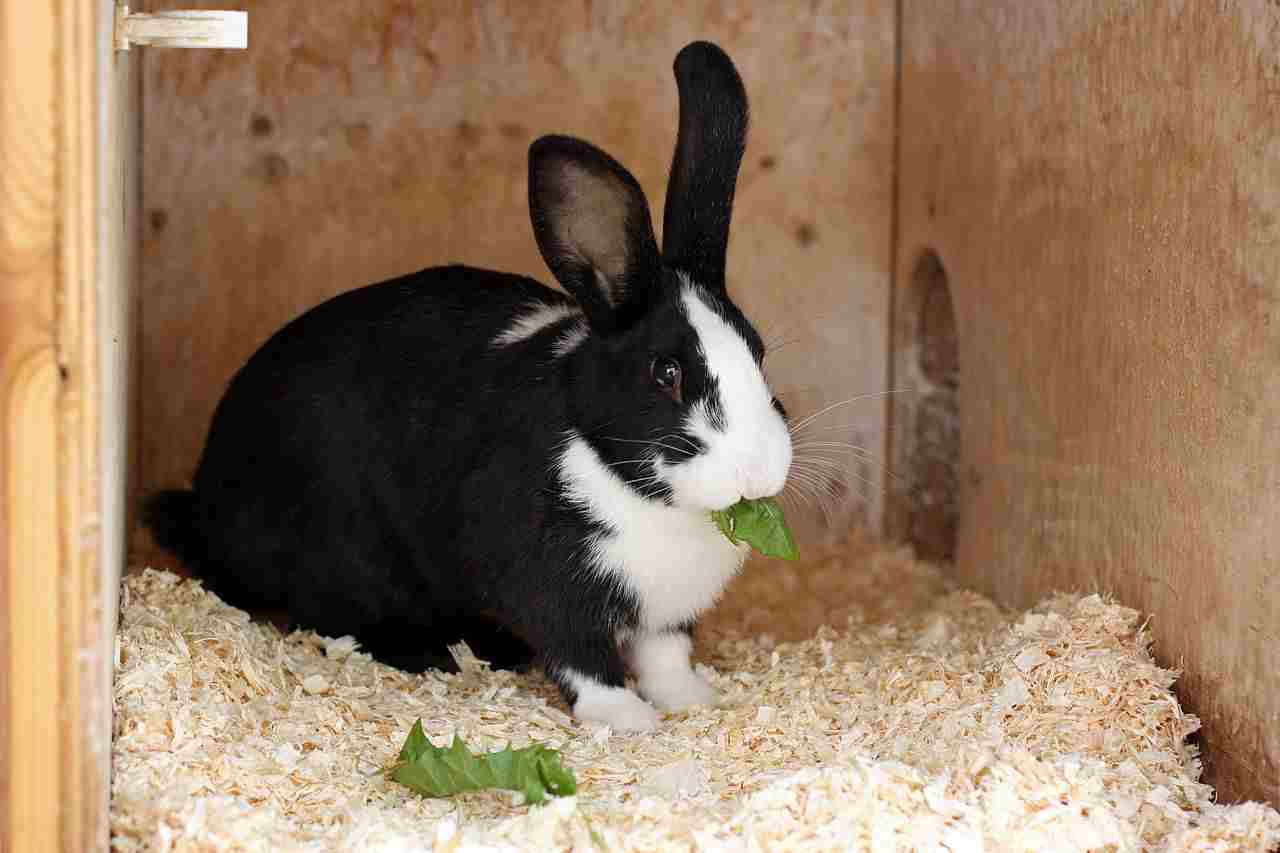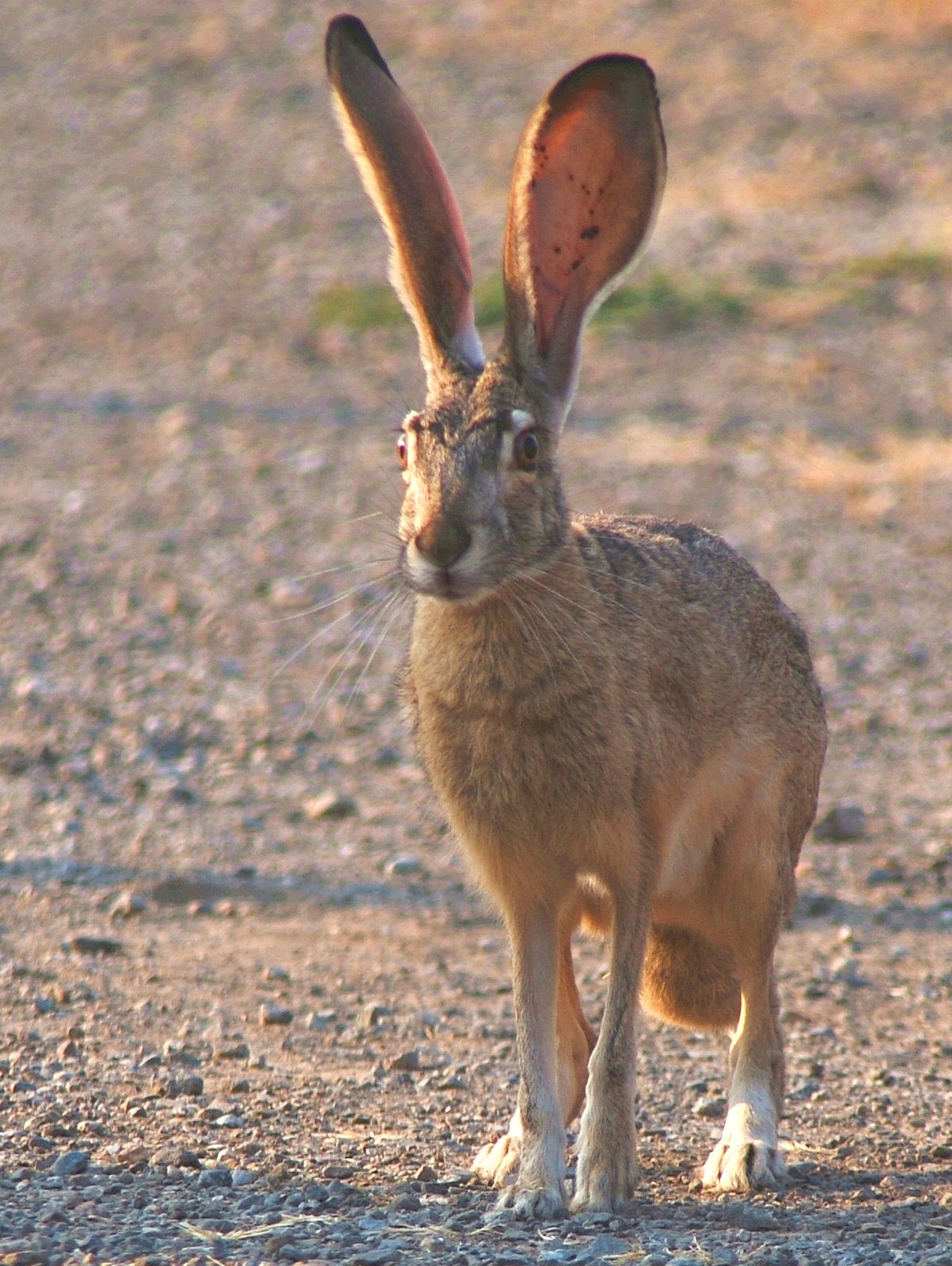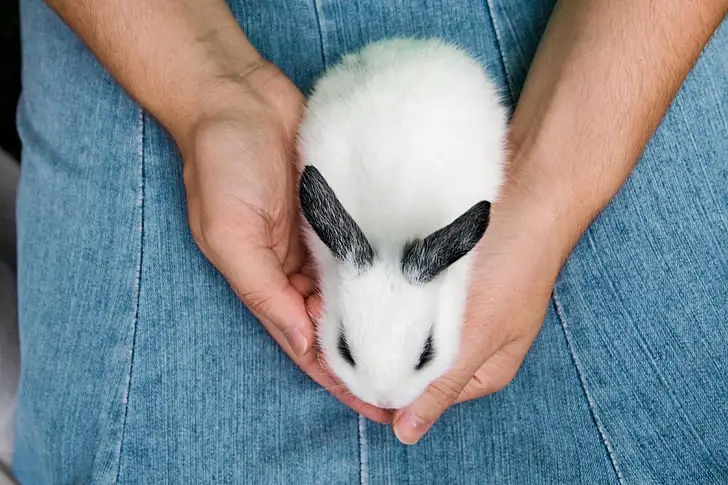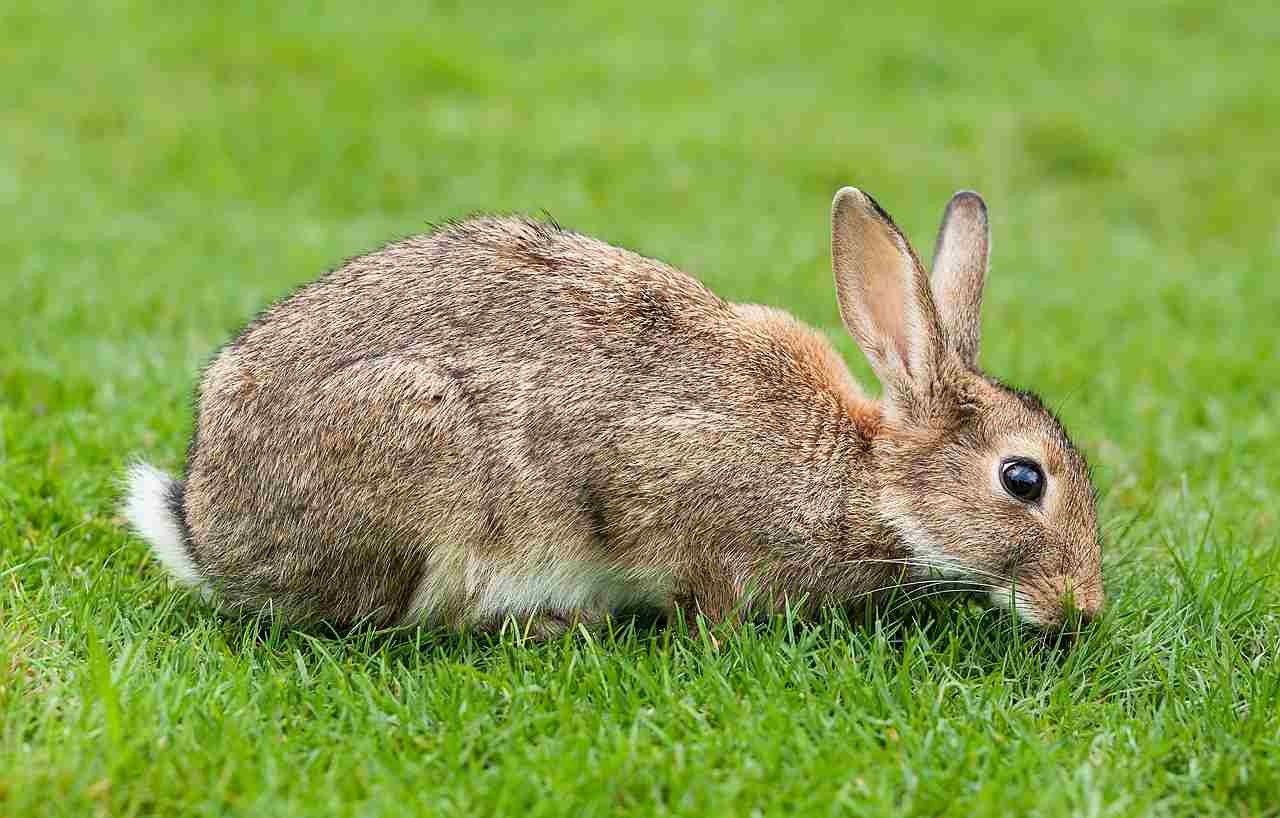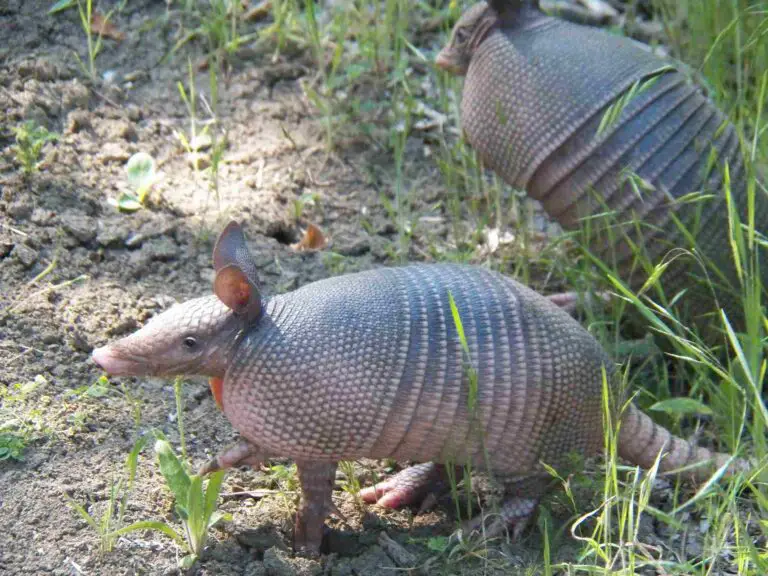Swamp Rabbit Vs Cottontail Differences and Similarities Discussed
Exploring the distinctions between swamp rabbits and cottontails, both prominent members of the Leporidae family, offers a fascinating journey into the unique traits and adaptations of these lagomorphs.
I. Physical Characteristics:
The swamp rabbit, the largest member of the cottontail genus, boasts an overall larger size compared to other cottontails. Distinguishing features include smaller and rounder ears, along with coarser fur exhibiting a more yellow cast. In contrast, cottontails, including the eastern cottontail, have shorter ears and softer fur, often displaying a mix of dark brown, rusty brown, and black colors.
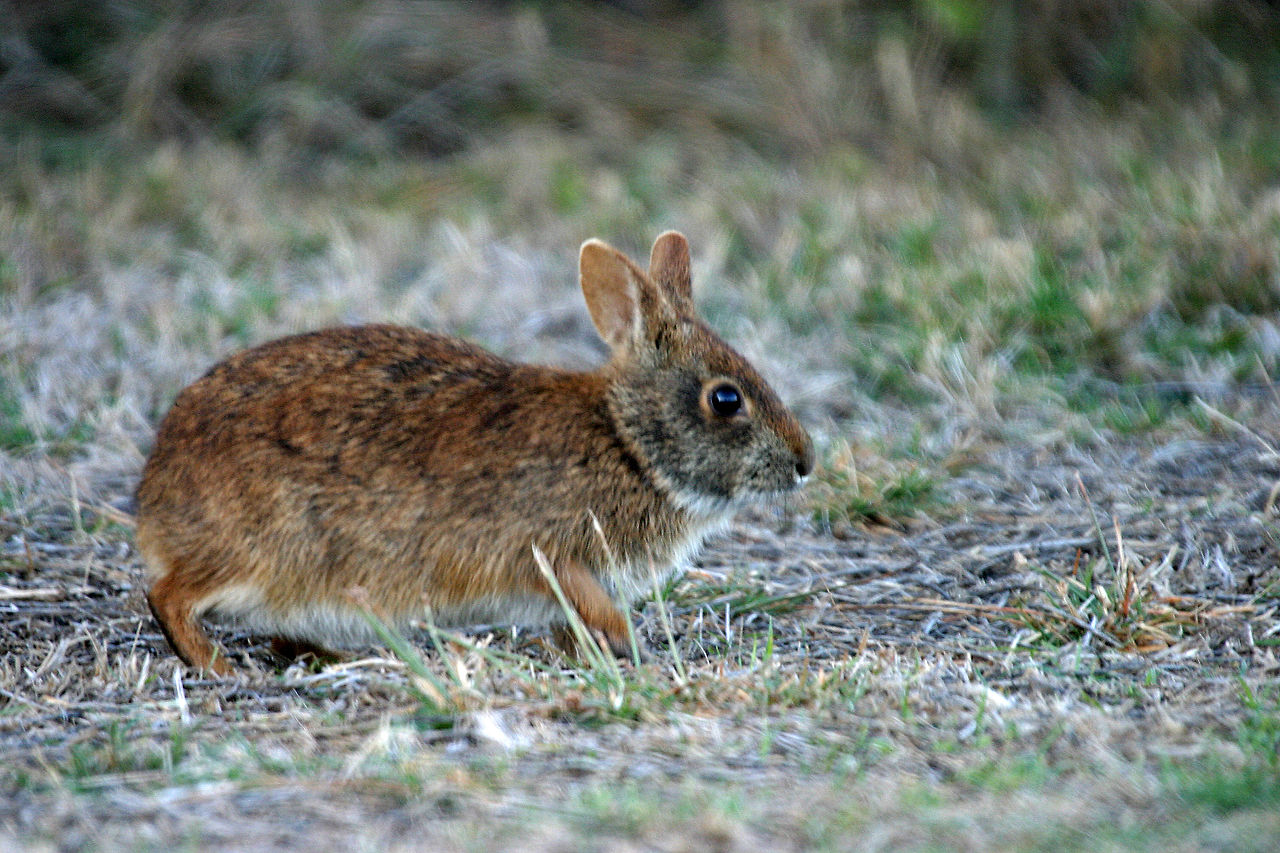
II. Color and Appearance:
Swamp rabbits showcase a distinctive coat with a mix of dark brown, rusty brown, and black, emphasizing their adaptation to swamp and wetland habitats. Cottontails, on the other hand, exhibit more varied coloration, and their fur retains a consistent color throughout the year. The swamp rabbit’s larger size and unique color patterns contribute to its adaptation to specific environments.
III. Scientific Insights:
Scientifically, the term “cottontail” encompasses various species within the Genus Sylvilagus, including the swamp rabbit. Despite being part of the same genus, swamp rabbits are identified as a distinct species, Sylvilagus aquaticus, showcasing unique characteristics that set them apart from other cottontails.
IV. Cultural Perceptions:
Cultural perceptions of swamp rabbits and cottontails may vary, with swamp rabbits often associated with wetland habitats and specific geographical regions. The colloquial term “cottontail” may encompass a broader range of rabbit species, including swamp rabbits, contributing to cultural nuances in how these creatures are perceived.
V. Geographic Distribution:
While cottontails, including the eastern cottontail, are found in various regions, swamp rabbits exhibit a preference for swamps and wetlands in the southern United States. Understanding their specific adaptations and distribution enhances our appreciation for their roles in different ecosystems.
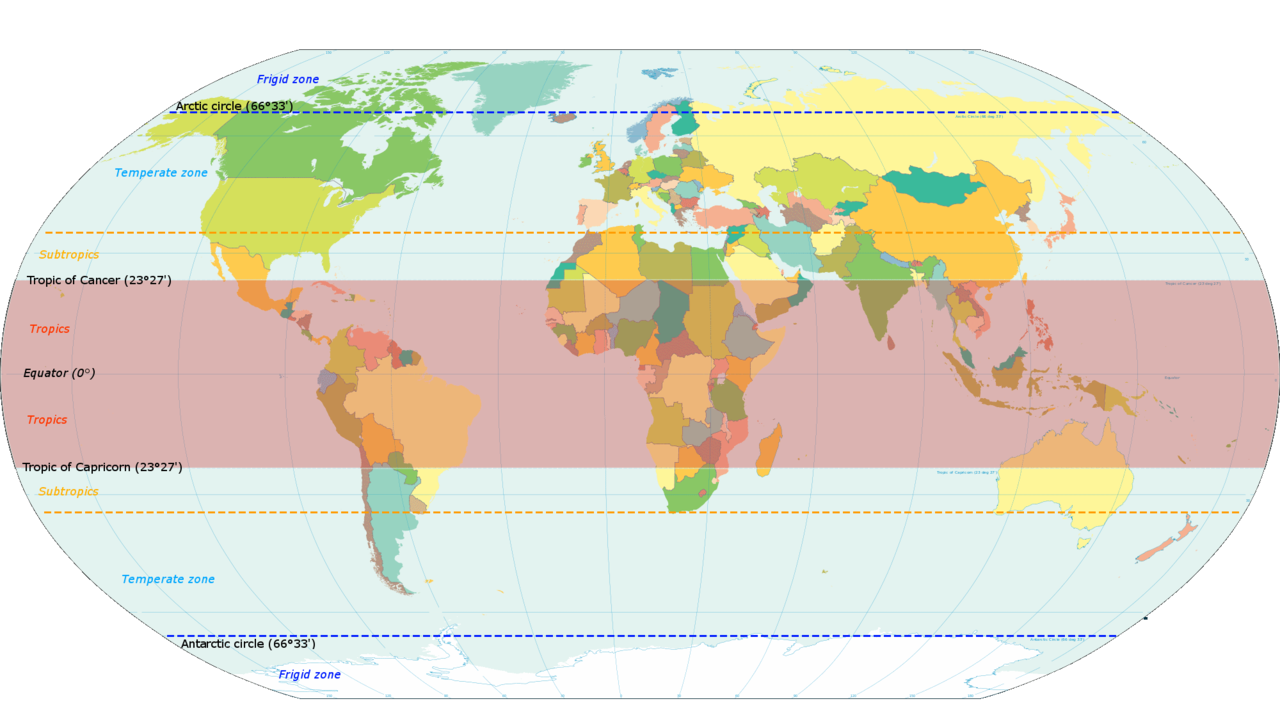
VI. Behavioral Differences:
Swamp rabbits, being the largest cottontail species, may exhibit distinct behavioral traits influenced by their habitat preferences. As observed in other cottontails, including the eastern cottontail, recognizing potential variations in behavior contributes to a more comprehensive understanding of their ecological roles.
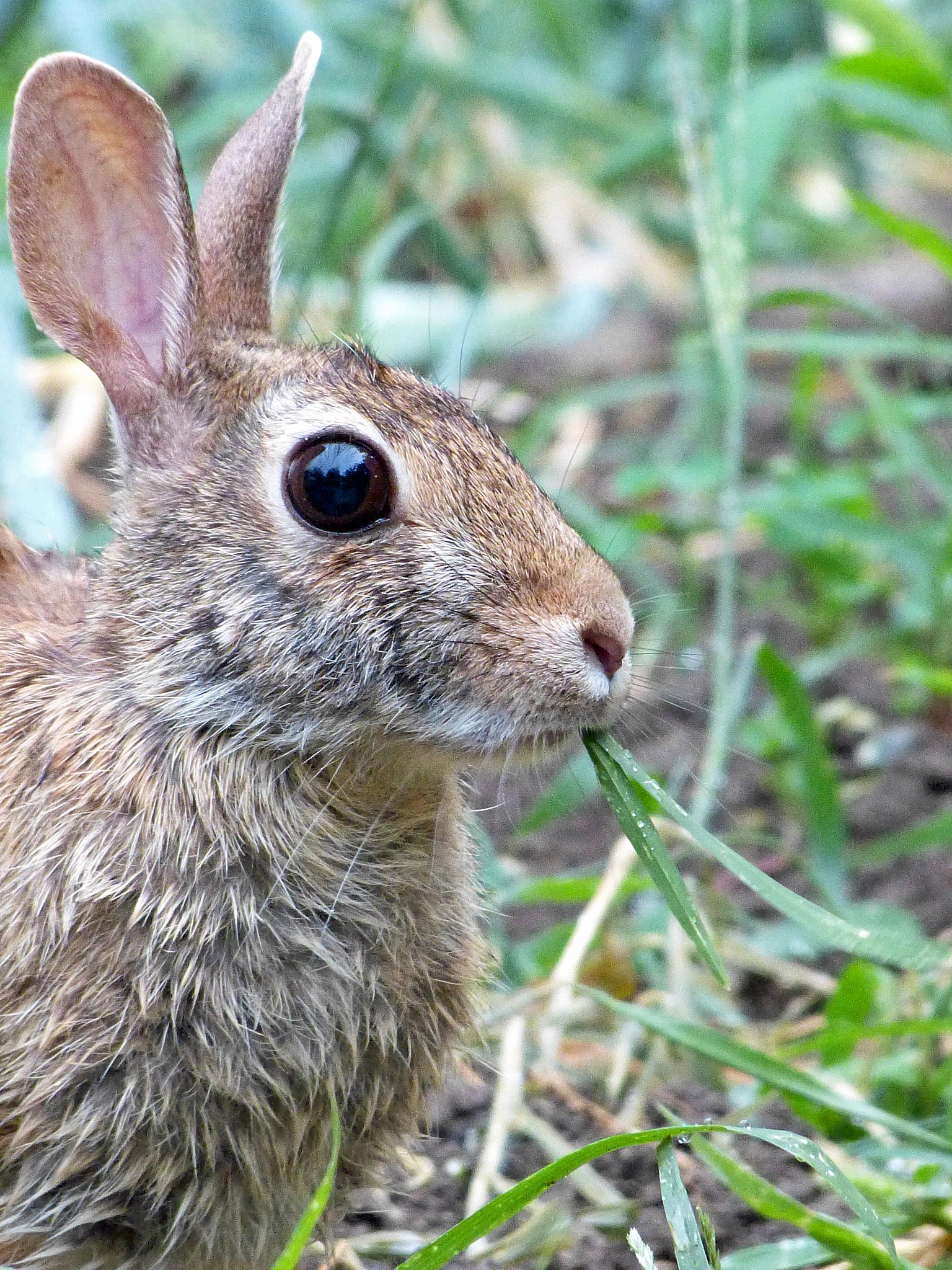
*Details of Comparison
| Criteria | Swamp Rabbit |
Eastern Cottontail
|
| Taxonomy | S. aquaticus | S. floridanus |
| Appearance | Brownish, inconspicuous tail |
Grayish-brown, white tail
|
| Size | Larger, robust |
Smaller, compact
|
| Weight | Heavier, sexually dimorphic |
Lighter, less dimorphism
|
| Dentition & Bite Force | Powerful jaws | Weaker bite |
| Physical Advantages | Strong hind legs |
Swift movements, agility
|
| Speed | Moderate, swamp adaptation | Faster, versatile |
| Agility | Moderate, swamp adaptation | High, versatile |
| Senses | Hearing, scent detection |
Eyesight, strong smell
|
| Overall Physical Capacity | Adapted for swamps |
Versatile capabilities
|
| Habitat & Region | Wetlands, Southeast U.S. |
Various, North America
|
| Tracks | Larger, marshy terrain | Smaller, efficient |
| Lifespan | Around 2-3 years in the wild | Similar |
| Mode of Feeding | Herbivorous | Herbivorous |
| Intelligence | Adaptive behaviors |
Adaptive behaviors
|
| Social Behavior | Solitary with occasional interactions |
Solitary with occasional interactions
|
| Reproduction | Polygamous breeding system |
Polygamous breeding system
|
| Parental Behavior | Limited parental care |
Limited parental care
|
| Proximity to Humans | Avoids human-inhabited areas |
Adaptable, found in urban areas
|
| Behavior Toward Humans | Elusive |
Tolerant, especially in urban settings
|
| Danger Posed to Humans | Minimal danger | Minimal danger |
| Associated Precautions | Human-induced habitat disruptions may affect |
Human-induced habitat disruptions may affect
|
| Conservation Status | Least Concern, localized threats |
Least Concern, localized threats
|
1. Taxonomy:
Swamp Rabbit (Sylvilagus aquaticus):
Kingdom: Animalia
Phylum: Chordata
Class: Mammalia
Order: Lagomorpha
Family: Leporidae
Genus: Sylvilagus
Species: S. aquaticus
Eastern Cottontail (Sylvilagus floridanus) as a representative cottontail:
Kingdom: Animalia
Phylum: Chordata
Class: Mammalia
Order: Lagomorpha
Family: Leporidae
Genus: Sylvilagus
Species: S. floridanus
2. Appearance:
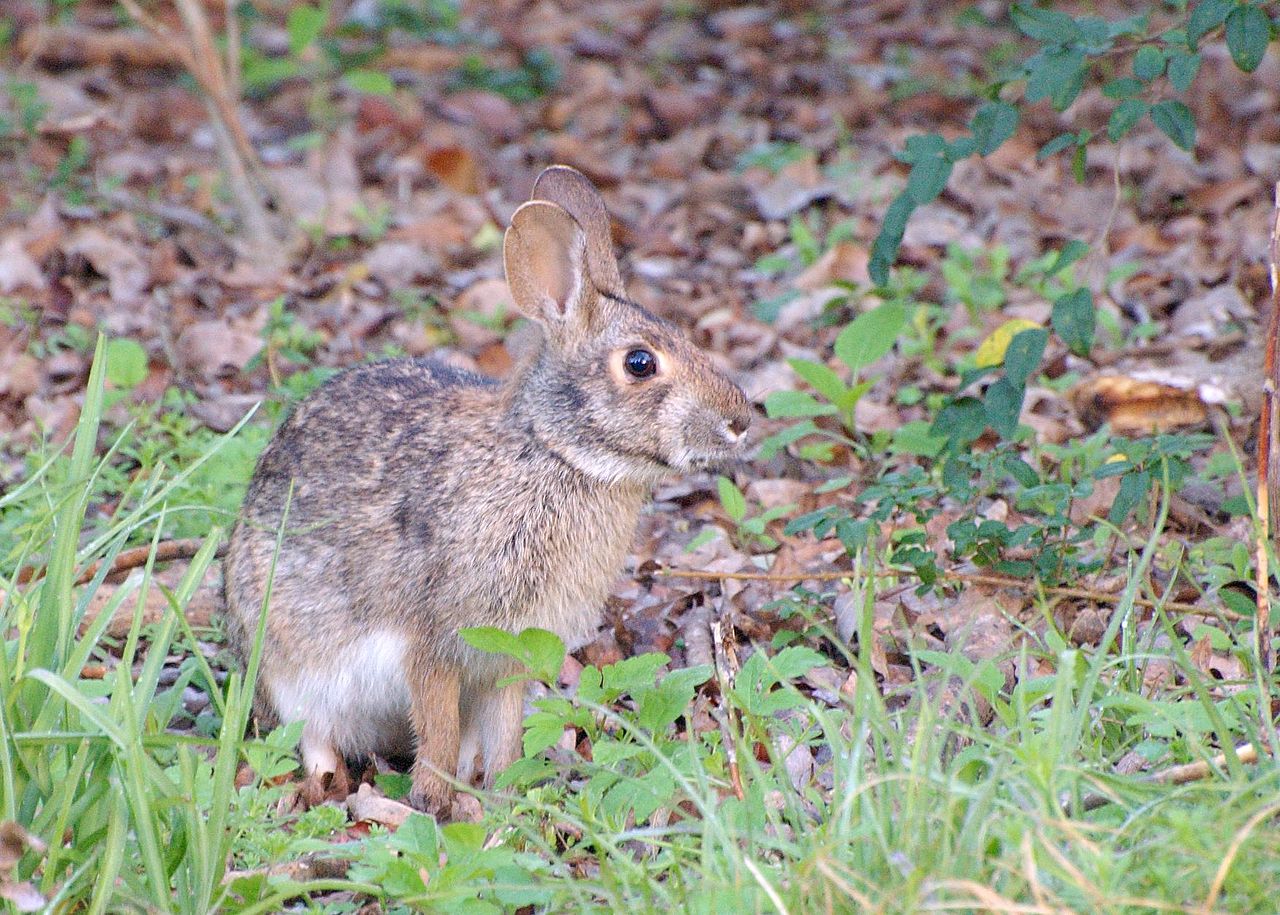
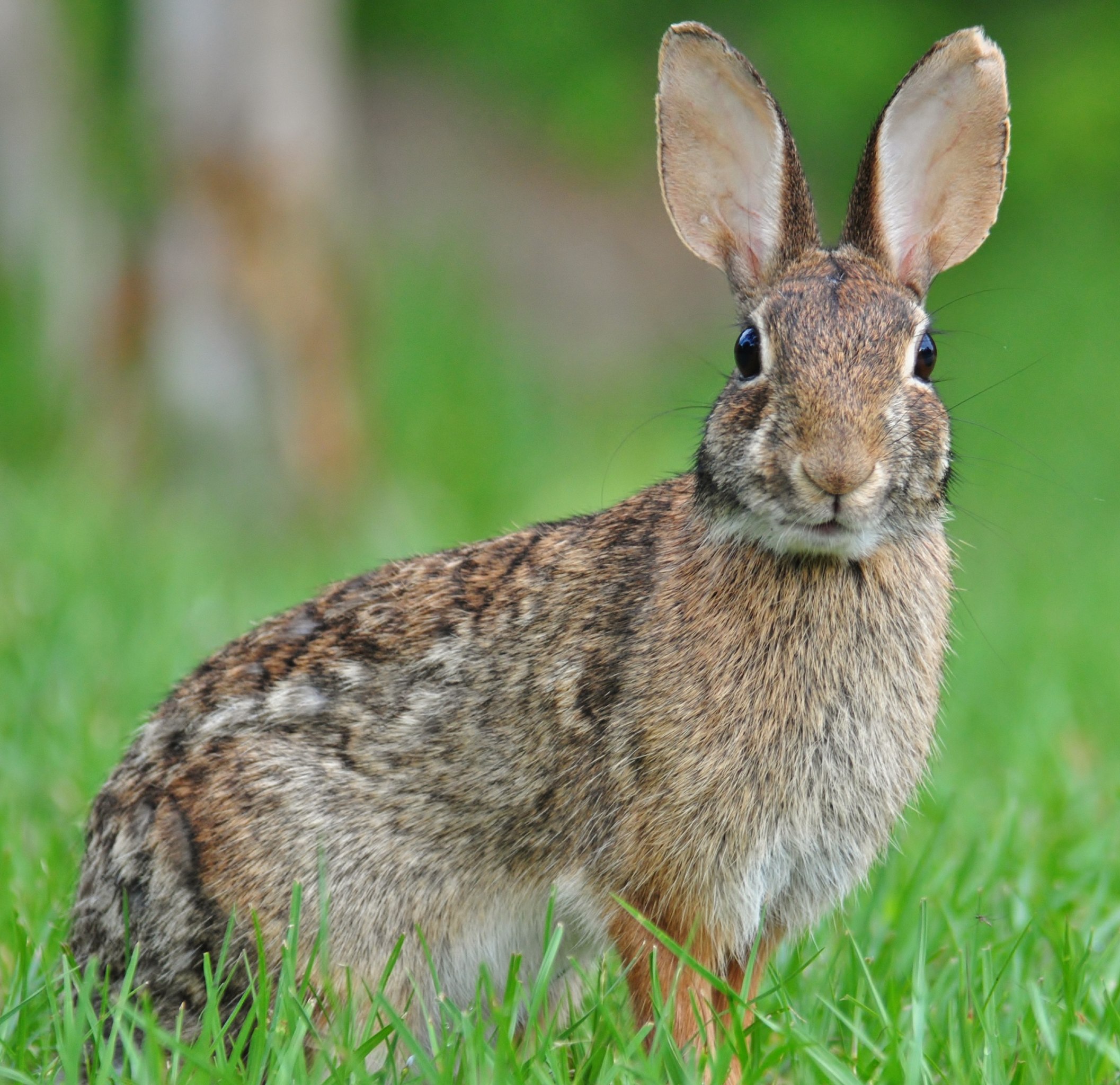
Swamp Rabbit:
Fur coloration: Brownish with a mix of black, resembling swamp vegetation.
Size of ears: Proportionate, moderate in length.
Tail: Shorter than the cottontail, inconspicuous.
Eastern Cottontail (Comparison):
Fur coloration: Grayish-brown, with a distinct cotton-like white tail.
Size of ears: Longer, with conspicuous ears that often stand erect.
Tail: Signature fluffy white cotton-ball-like tail.
Ecological Implications:
The swamp rabbit’s camouflaged fur aids in swamp environments, providing it an advantage in avoiding predators.
The cottontail’s distinct tail might serve as a signaling mechanism for communication within its community.
3. Size:
Swamp Rabbit:
Larger in size, with a robust body structure.
Eastern Cottontail (Comparison):
Smaller in size, more compact.
Ecological Implications:
Larger size in swamp rabbits may contribute to their adaptation to wetland habitats, possibly providing advantages in navigating marshy terrains.
Cottontails’ smaller size might enhance agility in environments where quick maneuvers are crucial.
4. Weight:
Swamp Rabbit:
Heavier, with males typically weighing more than females.
Eastern Cottontail (Comparison):
Lighter, with less sexual dimorphism in weight.
Ecological Implications:
Greater weight in swamp rabbits may be advantageous in pushing through dense vegetation, a characteristic of their swampy habitats.
Cottontails’ lighter weight may contribute to their ability to navigate varied terrains efficiently.
5. Dentition and Bite Force (PSI – Pounds per Square Inch):
Swamp Rabbit:
Powerful jaws with a notable bite force.
Eastern Cottontail (Comparison):
Less powerful jaws compared to the swamp rabbit.
Ecological Implications:
Powerful bite force in swamp rabbits may aid in processing tough vegetation found in swampy regions.
Cottontails’ relatively weaker bite may reflect a different dietary adaptation, possibly focusing on softer vegetation.
6. Physical Offensive Advantages:
Swamp Rabbit:
Strong hind legs for powerful kicks.
Eastern Cottontail (Comparison):
Swift movements and quick turns.
Ecological Implications:
The swamp rabbit’s strong hind legs are effective for defense against predators, possibly crucial in swampy terrain.
Cottontails’ agility may contribute to their ability to escape predators in various environments.
7. Physical Defensive Advantages:
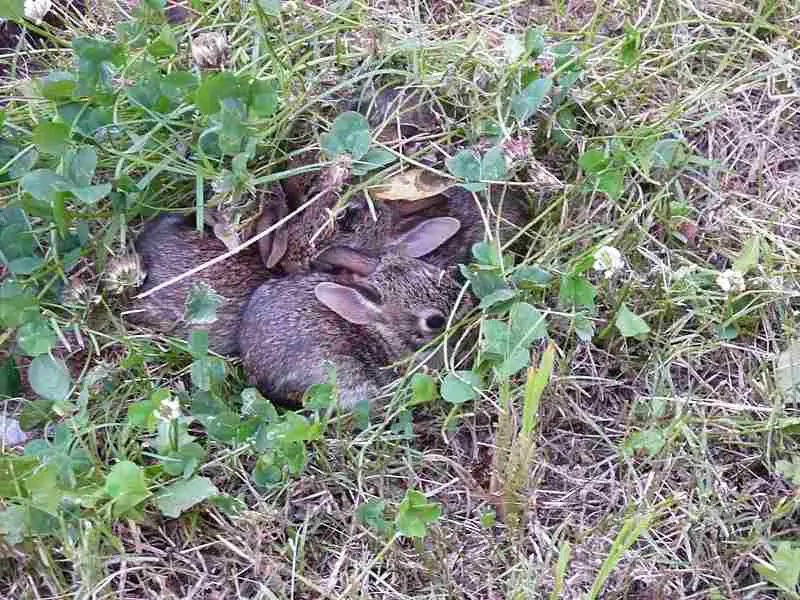
Swamp Rabbit:
Cryptic coloration for camouflage.
Eastern Cottontail (Comparison):
Enhanced agility and evasion skills.
Ecological Implications:
The swamp rabbit’s cryptic coloration aids in remaining unseen in swamp vegetation, acting as a defense mechanism.
Cottontails’ agility serves as a defense against predators, allowing them to swiftly evade capture.
8. Speed (Km/hour or Mile/hour):

Swamp Rabbit:
Moderate speed, adapted for navigating swampy terrain.
Eastern Cottontail (Comparison):
Faster speed, adapted for varied environments.
Ecological Implications:
Swamp rabbits may prioritize maneuverability over sheer speed, suited for their wetland habitat.
Cottontails’ faster speed could be advantageous in open terrains where rapid escapes are crucial.
9. Agility:
Swamp Rabbit:
Moderate agility, adapted for marshy environments.
Eastern Cottontail (Comparison):
High agility, suitable for diverse habitats.
Ecological Implications:
Swamp rabbits’ moderate agility may be optimized for navigating through dense vegetation in swamps.
Cottontails’ high agility allows them to navigate various terrains efficiently, contributing to their adaptability.
10. Senses:
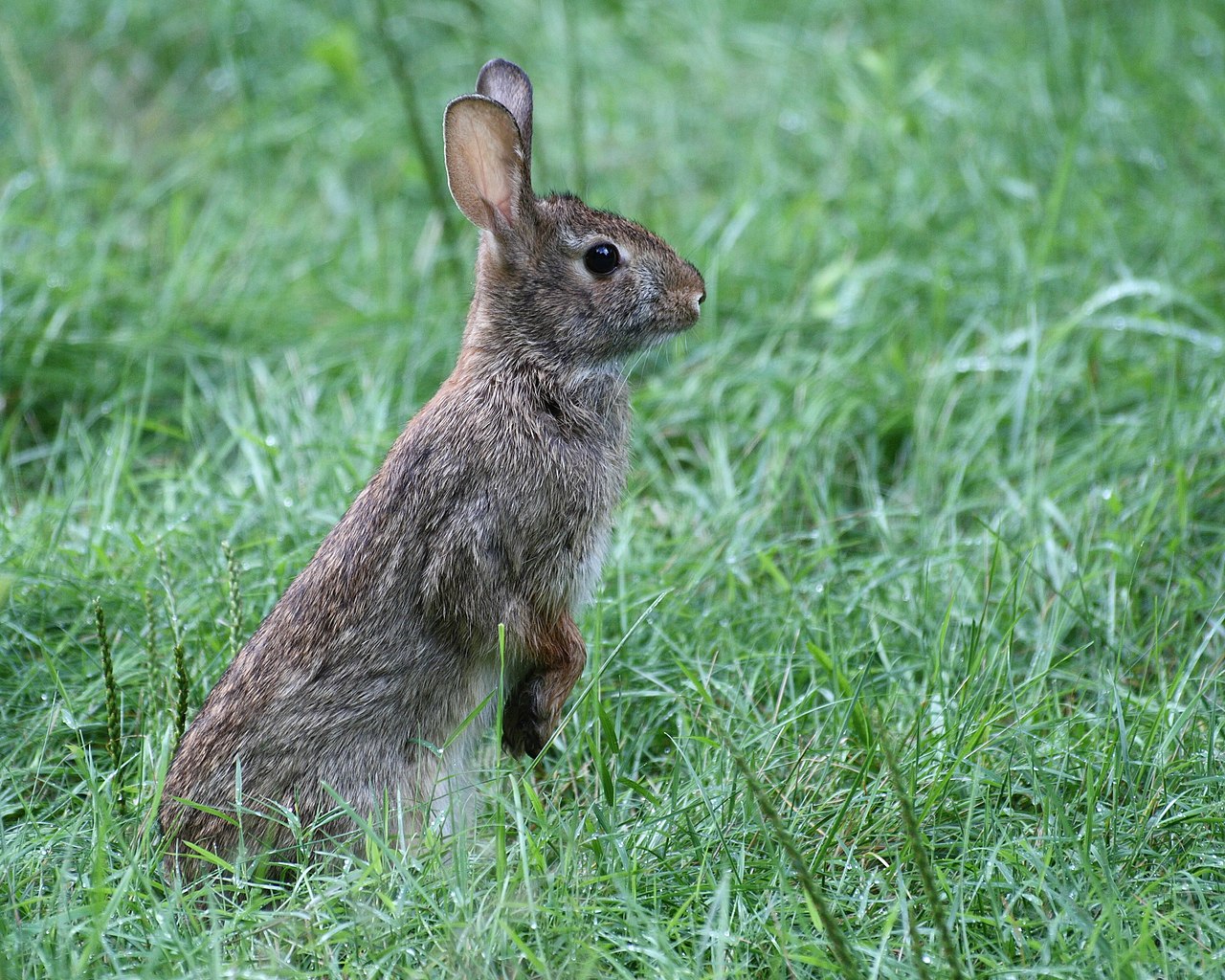
Swamp Rabbit:
Well-developed hearing and scent detection.
Eastern Cottontail (Comparison):
Keen eyesight and a strong sense of smell.
Ecological Implications:
Swamp rabbits rely on hearing and scent in dense vegetation, aiding in predator detection.
Cottontails’ keen eyesight and sense of smell may contribute to early predator detection in various environments.
11. Overall Physical Capacity:
Swamp Rabbit:
Adapted for maneuvering in swampy, vegetated areas.
Eastern Cottontail (Comparison):
Versatile physical capabilities suited for different terrains.
Ecological Implications:
Swamp rabbits’ specific adaptations cater to the challenges of their swamp habitat.
Cottontails’ versatility allows them to thrive in a range of environments.
12. Habitat Preference(s) and Geographic Region:
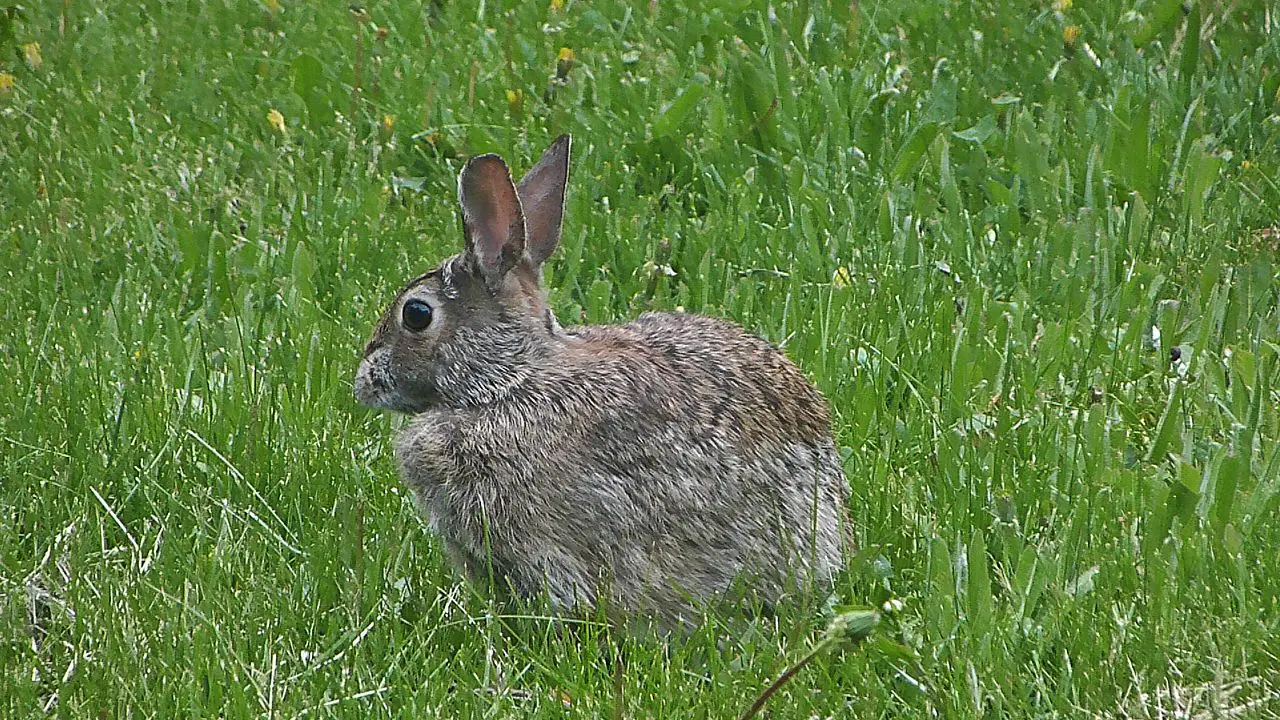
Swamp Rabbit:
Prefers wetlands, swamps, and marshy areas; found in the southeastern United States.
Eastern Cottontail (Comparison):
Thrives in various habitats, including grasslands, forests, and urban areas; widespread in North America.
Ecological Implications:
Swamp rabbits’ specialized habitat preference reflects their adaptation to specific ecological niches.
Cottontails’ ability to inhabit diverse regions showcases their ecological flexibility.
13. Tracks:
Swamp Rabbit:
Distinctive tracks with larger hind footprints.
Eastern Cottontail (Comparison):
Smaller and more compact tracks.
Ecological Implications:
Larger tracks in swamp rabbits may be linked to their larger size and adapted for traversing marshy terrain.
Cottontails’ smaller tracks may aid in navigating various terrains efficiently.
14. Lifespan:
Swamp Rabbit:
Typically lives 2 to 3 years in the wild.
Eastern Cottontail (Comparison):
Has a lifespan of around 2 to 3 years in the wild.
Ecological Implications:
Similar lifespans suggest comparable strategies for survival and reproduction in their respective habitats.
15. Mode of Feeding:
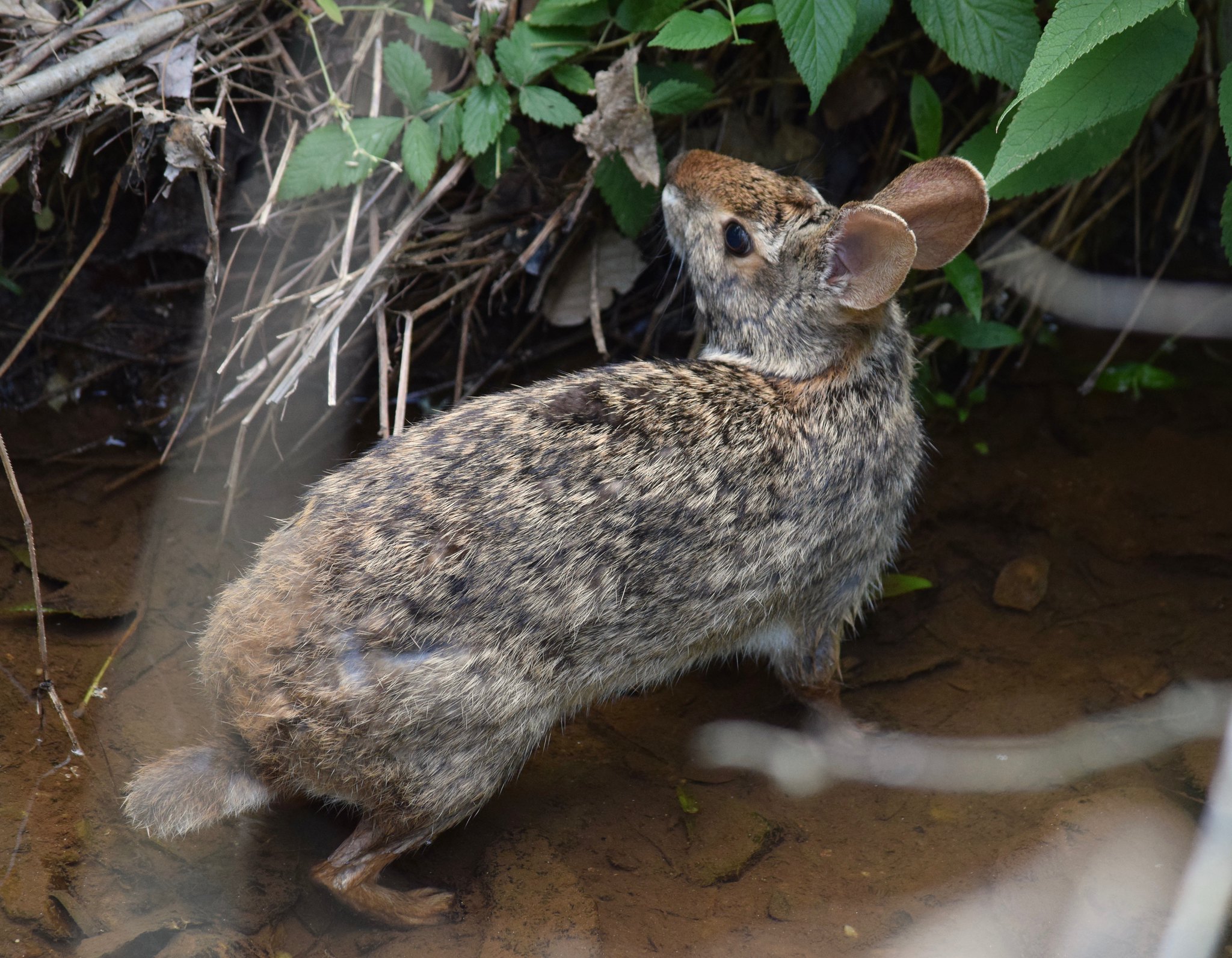
Swamp Rabbit:
Herbivorous; consumes a variety of plant materials.
Eastern Cottontail (Comparison):
Primarily herbivorous, feeding on grasses and plants.
Ecological Implications:
Both species play a role in plant material consumption, contributing to the ecosystem’s balance.
16. Intelligence:
Swamp Rabbit:
Displays adaptive behaviors in response to its environment.
Eastern Cottontail (Comparison):
Exhibits resourceful behaviors in various habitats.
Ecological Implications:
Intelligence in both species aids in survival, allowing them to adapt to changes and challenges within their ecosystems.
17. Social Behavior:
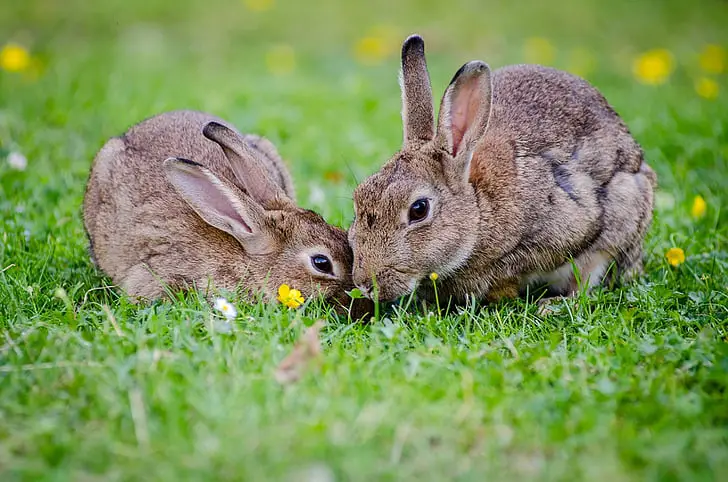
Swamp Rabbit:
Generally solitary but may form loose groups, especially during the breeding season.
Eastern Cottontail (Comparison):
Tends to be solitary, with occasional social interactions.
Ecological Implications:
Solitary tendencies in both species may be linked to their foraging habits and territorial behaviors, optimizing resource utilization in their respective habitats.
18. Mode of Reproduction:
Swamp Rabbit:
Polygamous breeding system; females may have multiple mates during the breeding season.
Eastern Cottontail (Comparison):
Polygamous breeding system; males compete for females during the breeding season.
Ecological Implications:
Polygamous breeding strategies may be advantageous in maximizing reproductive success in both swamp rabbits and cottontails.
19. Parental Behavior:

Swamp Rabbit:
Mothers build shallow nests for offspring and provide minimal parental care.
Eastern Cottontail (Comparison):
Mothers create nests in concealed locations and visit their young periodically.
Ecological Implications:
Limited parental care in both species aligns with their survival strategies, allowing them to allocate more time to foraging and avoiding predators.
20. Proximity to Human-Inhabited Areas:
Swamp Rabbit:
May inhabit areas near water bodies but generally avoids densely populated human areas.
Eastern Cottontail (Comparison):
More adaptable to urban and suburban environments; commonly found in human-inhabited areas.
Ecological Implications:
The adaptability of the cottontail to human-inhabited areas may pose different challenges compared to the swamp rabbit, influencing their ecological roles in anthropogenic landscapes.
21. Behavior Toward Humans:
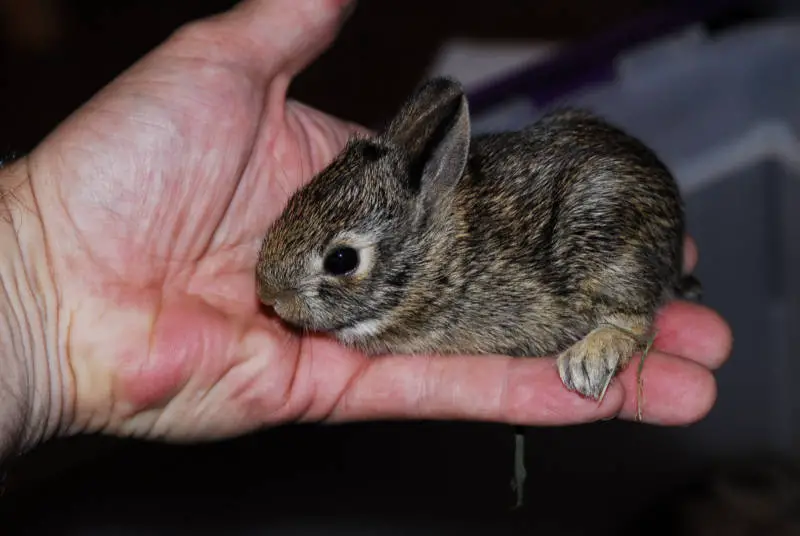
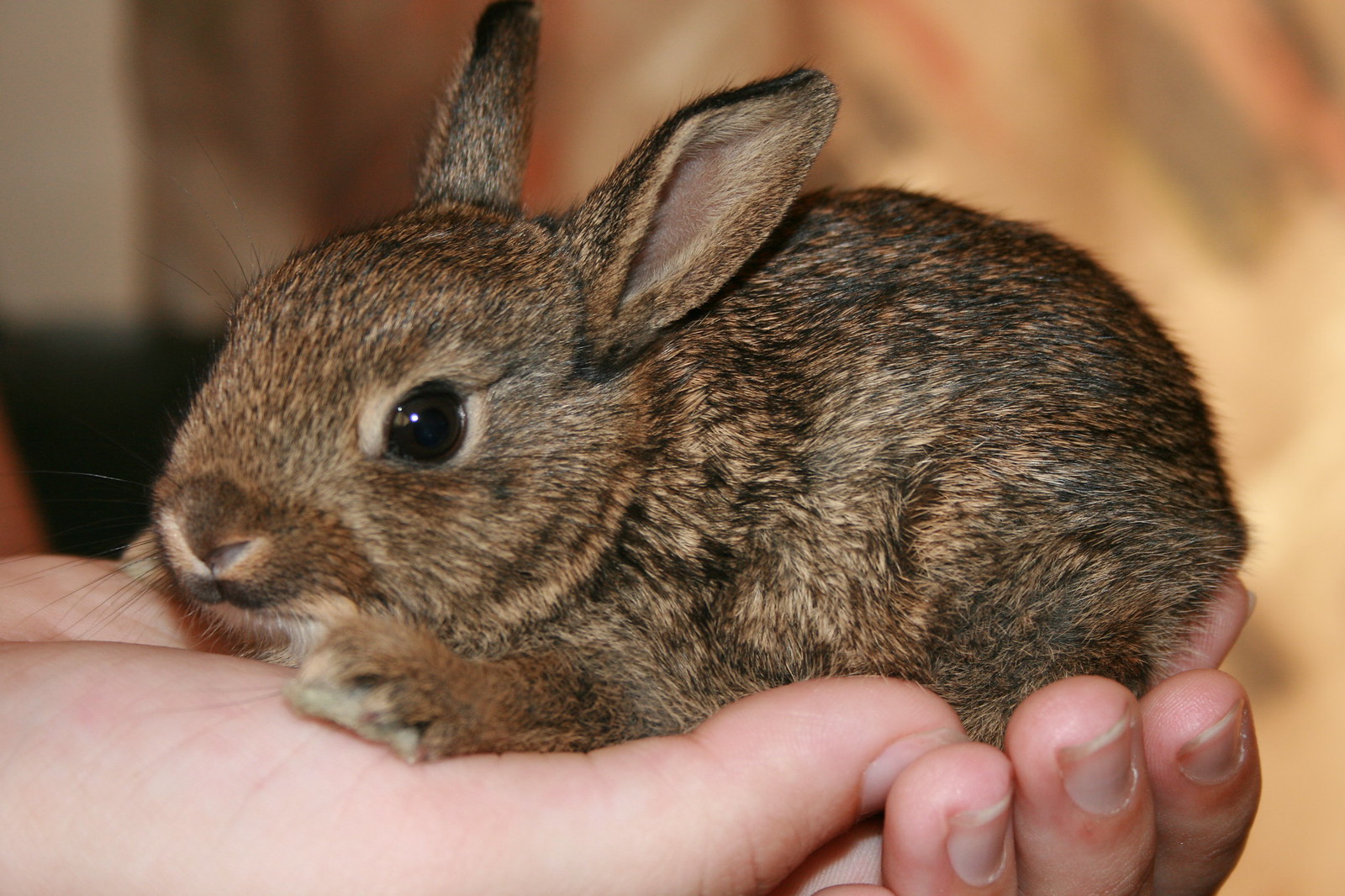
Swamp Rabbit:
Typically elusive and avoids direct interaction with humans.
Eastern Cottontail (Comparison):
May exhibit more tolerance to human presence, especially in urban settings.
Ecological Implications:
Behavioral differences toward humans may influence the ecological impact of these species in regions where human-wildlife interactions are common.
22. Danger Posed to Humans:
Swamp Rabbit:
Generally poses no direct danger to humans; tends to avoid confrontations.
Eastern Cottontail (Comparison):
Poses minimal danger to humans; more likely to flee than confront.
Ecological Implications:
The low level of danger to humans indicates a coexistence with these species, minimizing potential conflicts in shared habitats.
23. Associated Precautions:
Swamp Rabbit:
Human-caused habitat disruption may indirectly impact swamp rabbit populations.
Eastern Cottontail (Comparison):
Adaptable to human presence but can be affected by habitat fragmentation.
Ecological Implications:
Conservation efforts should consider mitigating human-induced changes in both species’ habitats to ensure their long-term survival.
24. Conservation Status:
Swamp Rabbit:
Generally of Least Concern; populations may face localized threats.
Eastern Cottontail (Comparison):
Also of Least Concern; widespread and adaptable.
Ecological Implications:
Both species currently have stable populations, but localized threats should be addressed to maintain healthy ecosystems.
*Summary of Comparison
Taxonomy:
Swamp Rabbit: S. aquaticus
Eastern Cottontail: S. floridanus
Appearance:
Swamp Rabbit: Brownish with inconspicuous tail
Eastern Cottontail: Grayish-brown with distinct white tail
Size:
Swamp Rabbit: Larger, robust
Eastern Cottontail: Smaller, compact
Weight:
Swamp Rabbit: Heavier, sexually dimorphic
Eastern Cottontail: Lighter, less dimorphism
Dentition and Bite Force:
Swamp Rabbit: Powerful jaws
Eastern Cottontail: Weaker bite
Physical Advantages:
Swamp Rabbit: Strong hind legs for kicking
Eastern Cottontail: Swift movements and agility
Speed:
Swamp Rabbit: Moderate, adapted for swamps
Eastern Cottontail: Faster, versatile
Agility:
Swamp Rabbit: Moderate, adapted for swamps
Eastern Cottontail: High, versatile
Senses:
Swamp Rabbit: Hearing and scent detection
Eastern Cottontail: Eyesight and strong sense of smell
Overall Physical Capacity:
Swamp Rabbit: Adapted for swampy environments
Eastern Cottontail: Versatile capabilities
Habitat and Region:
Swamp Rabbit: Wetlands, Southeast U.S.
Eastern Cottontail: Various, North America
Tracks:
Swamp Rabbit: Larger, adapted for marshy terrain
Eastern Cottontail: Smaller, efficient in various terrains
Lifespan:
Similar, around 2 to 3 years in the wild
Mode of Feeding:
Both herbivorous, contributing to ecosystem balance
Intelligence:
Adaptive behaviors in response to environment
Social Behavior:
Solitary with occasional social interactions
Reproduction:
Polygamous breeding systems in both
Parental Behavior:
Limited parental care in both species
Proximity to Humans:
Swamp Rabbit: Avoids human-inhabited areas
Eastern Cottontail: Adaptable, found in urban areas
Behavior Toward Humans:
Swamp Rabbit: Elusive
Eastern Cottontail: Tolerant, especially in urban settings
Danger Posed to Humans:
Both pose minimal danger, preferring to flee
Associated Precautions:
Human-induced habitat disruptions may affect both species
Conservation Status:
Least Concern for both, localized threats should be addressed
Conclusion
I. Similarities:
Both swamp rabbits and cottontails share a common genus, Sylvilagus.
Display polygamous breeding systems and limited parental care.
Herbivorous diets contribute to ecosystem balance.
II. Differences:
Adaptations to specific habitats (swampy vs. versatile environments).
Varied responses to human presence (elusive vs. adaptable).
Behavioral nuances in terms of social structure and breeding dynamics.
